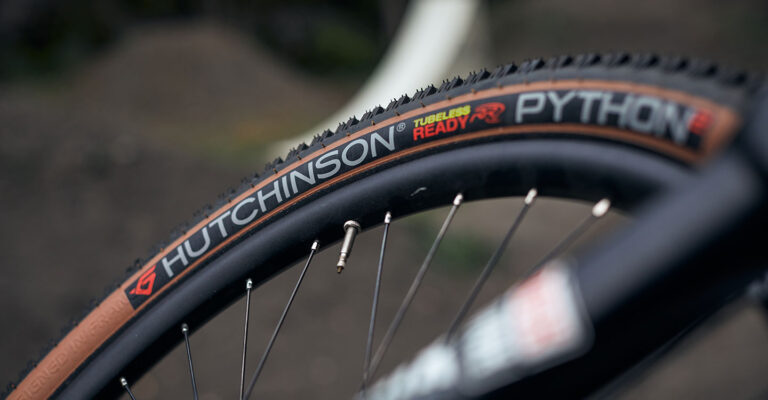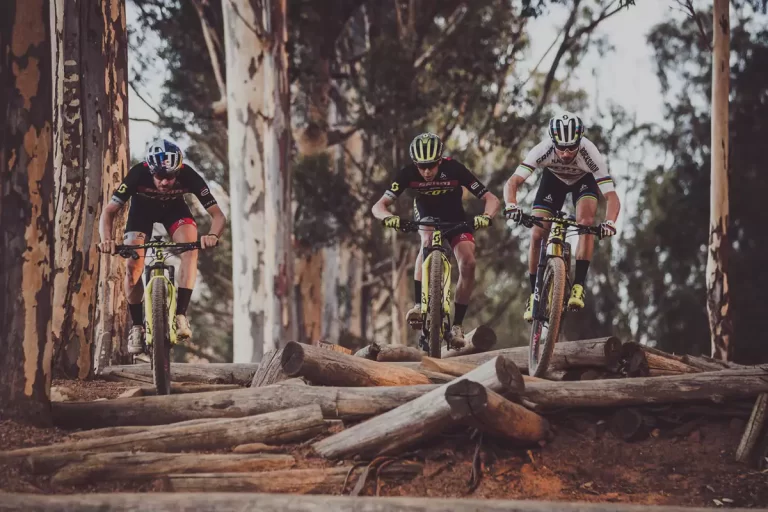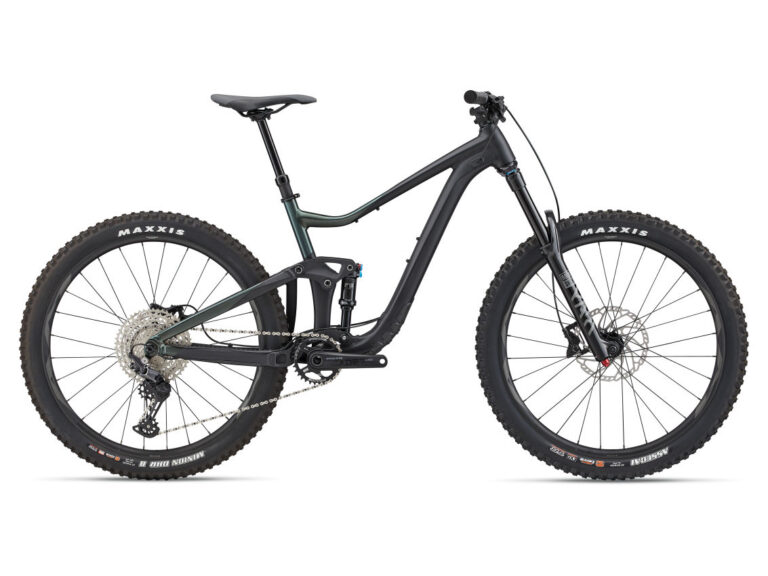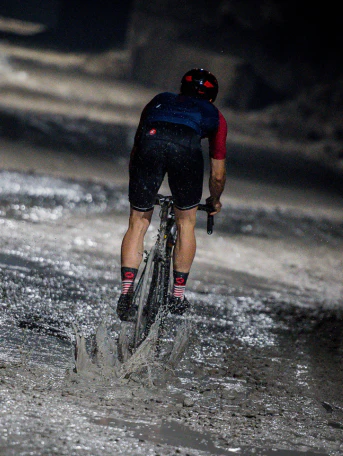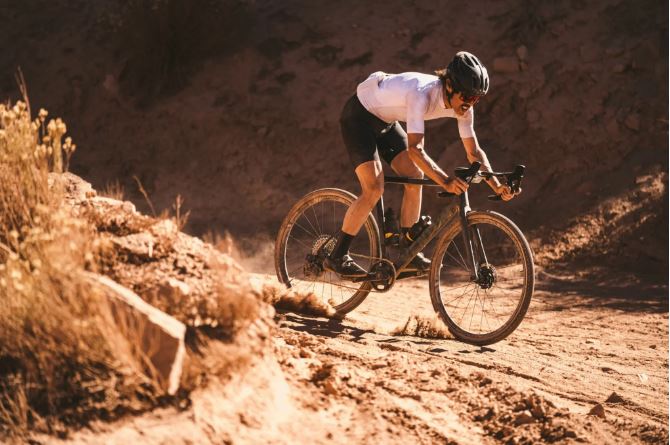Balancing Act: Weight and Impact on Downhill Bike Performance

Key Point Summary of Weight and Impact on Downhill Bike Performance:
- The Role of Weight in Downhill Performance: Lighter bikes can accelerate faster and are easier to maneuver, but some weight is beneficial for stability.
- Tire Weight and Its Effects: Heavier tires provide better grip and durability but can affect acceleration and handling. Balancing tire weight with performance needs is crucial.
- Weight Distribution Matters: How weight is distributed across the bike affects its handling and stability, especially in technical sections.
- Reducing Unnecessary Weight: Strategies for shedding unnecessary weight without compromising the bike’s downhill capability.
- Personal Insights on Weight Management: Tips and tricks for optimizing bike weight for personal riding style and the terrain.
As a masters cyclist with years of experience racing and riding across a multitude of disciplines, from the adrenaline-pumping world of downhill mountain biking to the technical challenges of cyclocross, I’ve developed a keen sense of how various factors influence performance. One aspect that continually surfaces, regardless of the discipline, is the impact of weight on a bike’s performance.
Downhill biking, with its unique demands, offers a fascinating lens through which to examine this impact. In this article, I aim to unpack the nuances of weight and its effects on downhill bike performance, offering insights and guidance tailored for cyclists with beginner to mid-level experience.
Understanding Weight in Downhill Biking
In the realm of downhill biking, every gram matters, but perhaps not in the way you might initially think. Unlike road cycling, where reducing weight is almost universally pursued, downhill biking presents a more complex equation. Here, the weight of your bike and components, especially tires, plays a pivotal role in handling, stability, and traction.

Tire Weight: A Double-Edged Sword
Tires are the primary point of contact with the ground, and their weight significantly influences bike handling and performance. Heavy-duty tires, while adding weight, offer improved grip and puncture resistance—essential qualities on the rugged terrain downhill riders face. However, there’s a balance to be struck. Excessively heavy tires can dull the bike’s responsiveness and make it more challenging to accelerate out of turn or navigate technical sections. My journey through different tire setups has taught me the importance of matching tire weight with the specific demands of the trail and personal riding style.
Weight Distribution: The Key to Agile Handling
How weight is distributed on a downhill bike influences its agility and stability. A bike that’s too front or rear-heavy can feel unwieldy in tight turns or when navigating steep descents. Conversely, a well-balanced bike can effortlessly carve through challenging sections, instilling confidence. Through trial and error, I’ve learned the importance of not only managing overall weight but also paying close attention to where that weight is located.
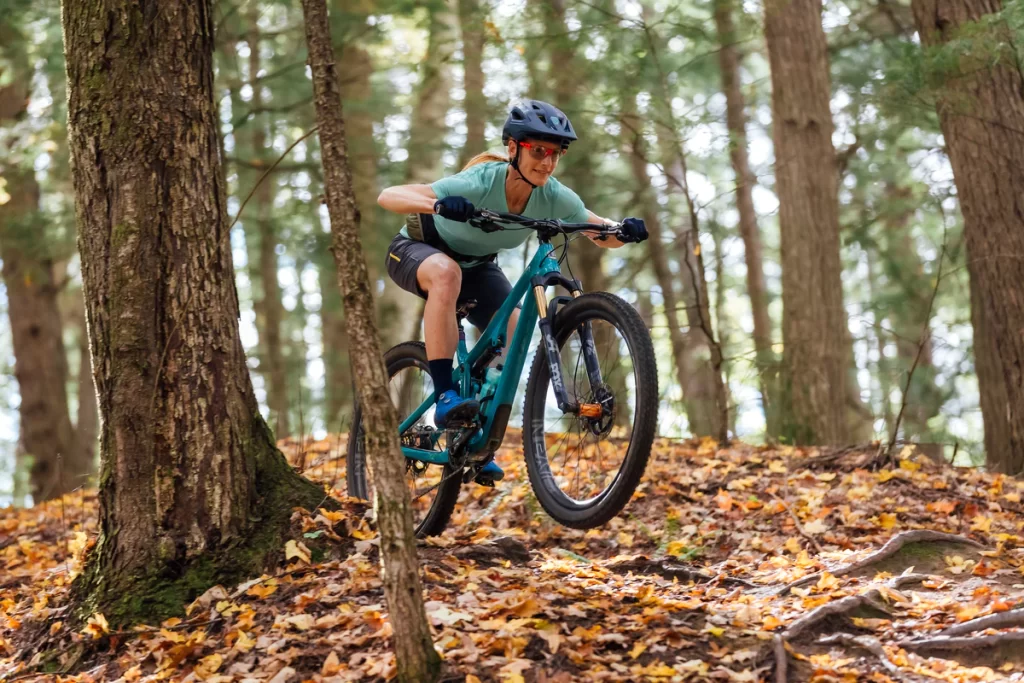
Shedding Unnecessary Weight
Identifying and eliminating unnecessary weight can lead to noticeable improvements for riders looking to optimize their downhill performance. This doesn’t mean compromising the bike’s robustness or your safety but rather making smart choices about components and accessories. From lightweight yet strong carbon fiber parts to scrutinizing the need for every add-on, small reductions can lead to a bike that’s both lighter and more tuned to the demands of downhill riding.
Wrapping Up
The interplay between weight and performance in downhill biking is a nuanced affair. While it’s tempting to equate lighter with faster or better, the reality is more complex. The optimal weight for your bike and components depends on a variety of factors, including the type of terrain you ride, your personal riding style, and what you feel most comfortable with. By understanding and thoughtfully managing the weight of your downhill bike, you can unlock new levels of performance and enjoyment on the trails.

Several models consistently receive high praise for their durability, grip, and performance in demanding downhill conditions. Here are some top choices among downhill cyclists:
- Maxxis Assegai: Designed in collaboration with downhill racing legend Greg Minnaar, the Assegai has quickly become a favorite for its exceptional grip and performance across a wide range of conditions, from dry and dusty to wet and muddy trails.
- Schwalbe Big Betty: Reintroduced to complement the Magic Mary, the Big Betty excels in the rear position, providing excellent braking traction and control on fast descents, making it a great choice for aggressive downhill riding.
- Continental Der Baron Projekt: Known for its versatility, the Der Baron Projekt offers great performance in mixed conditions. Its Apex sidewall and BlackChili compound provide a good balance of durability, puncture protection, and grip.
- Vittoria Mazza: A newer entry to the downhill scene, the Mazza combines aggressive tread design with Vittoria’s 4C Graphene compound technology, offering great traction, durability, and rolling efficiency on a variety of terrains.
- Hutchinson Griffus Racing Lab: Part of Hutchinson’s Racing Lab series, the Griffus is designed for speed and performance on dry, fast tracks. Its low-profile knobs and Race Ripost compound ensure good traction and fast-rolling speed.
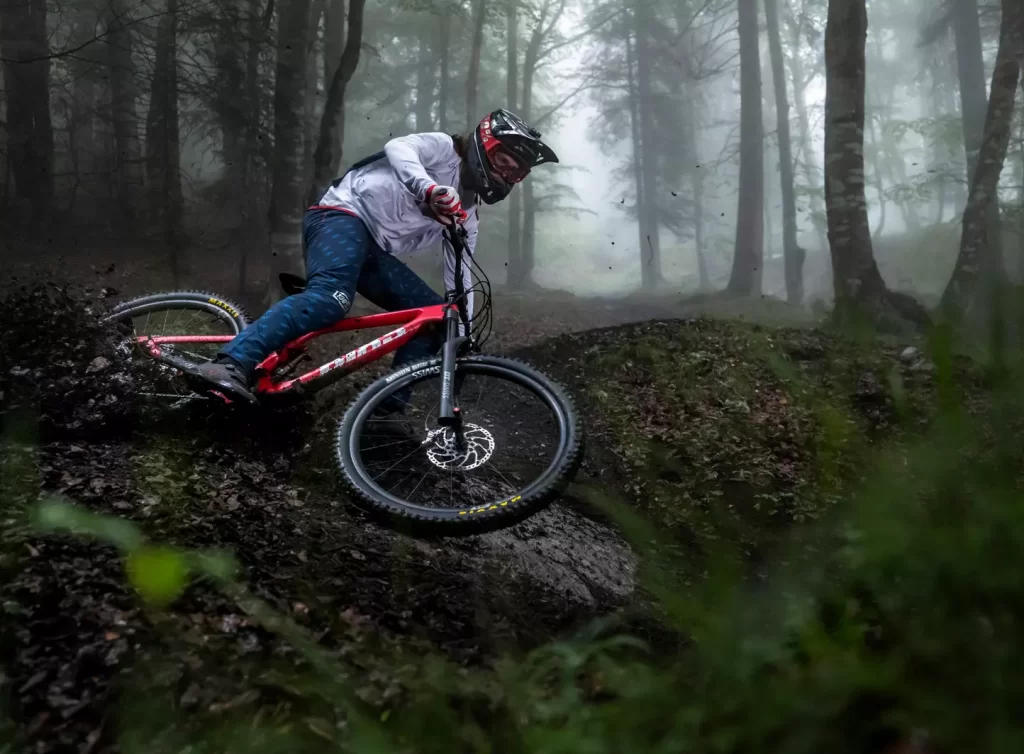
FAQ
Will a heavier bike go faster downhill?
A heavier bike can potentially go faster downhill due to increased gravitational pull and momentum, which can help it maintain higher speeds, especially on straight descents. However, this advantage can be offset by increased difficulty in maneuvering and braking.
How does bike weight affect performance?
Bike weight affects performance in several ways: lighter bikes are easier to accelerate, climb, and handle, especially on steep and technical terrain, while heavier bikes may provide more stability and momentum on downhills.
How much does weight affect mountain biking?
In mountain biking, weight affects performance significantly. A lighter bike improves climbing efficiency, acceleration, and handling on technical sections. However, a slight increase in weight can offer better traction and stability on descents.
Does a heavier bike make you slower?
Yes, generally, a heavier bike can make you slower, particularly on climbs and when accelerating. The extra weight requires more energy to move, affecting overall efficiency and speed, especially in scenarios requiring quick changes in speed or direction.
Happy Riding!
John
